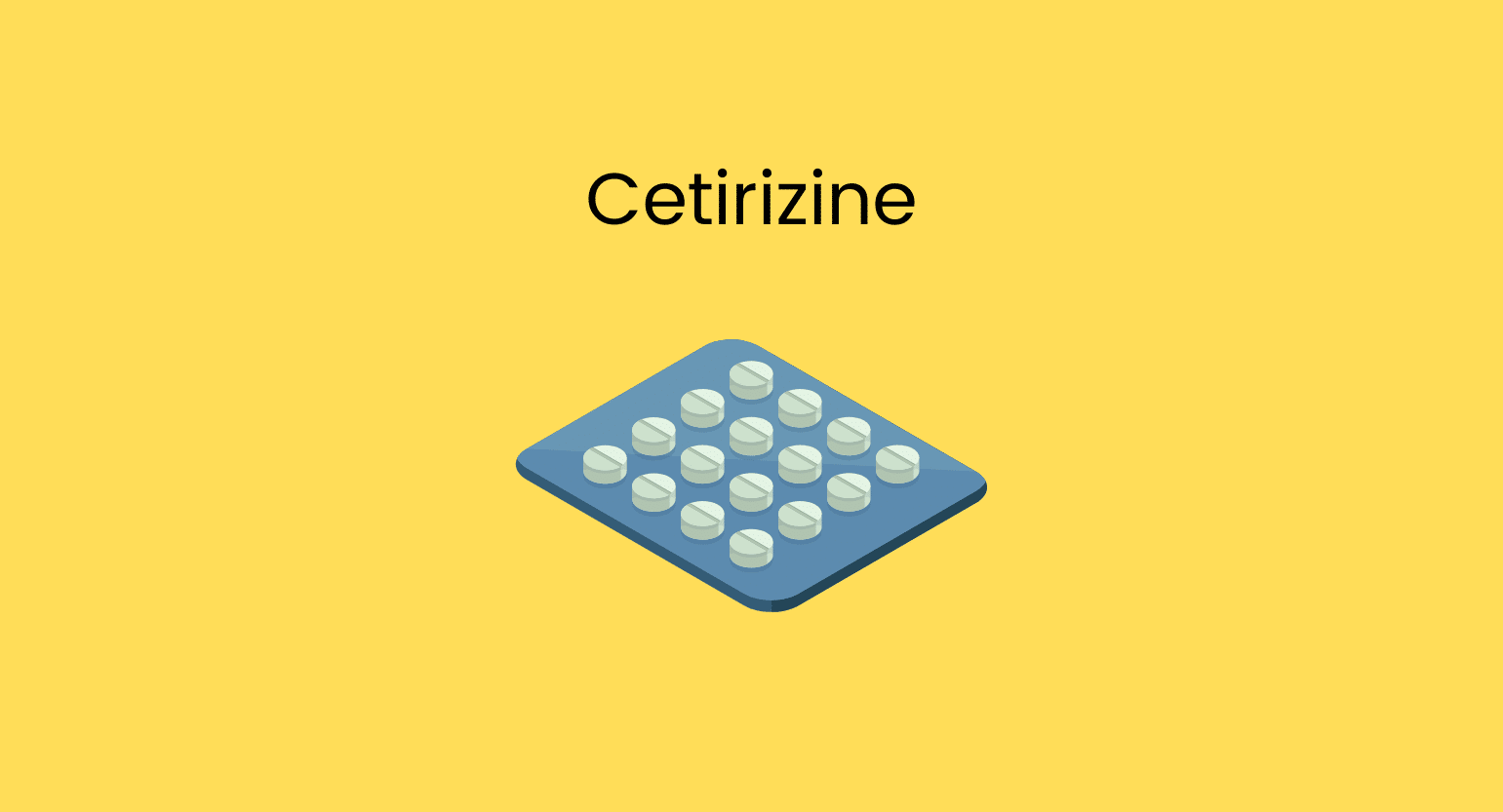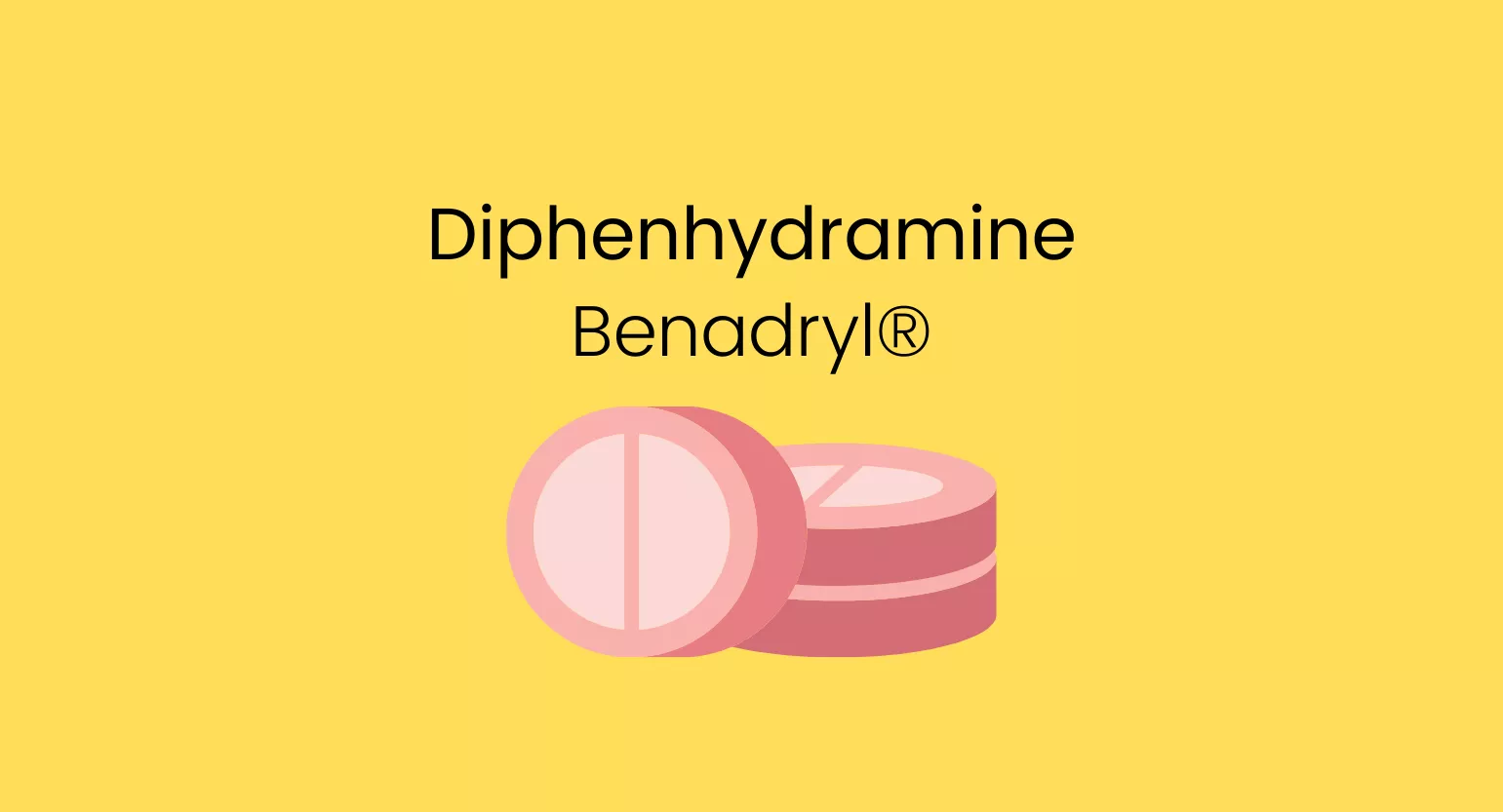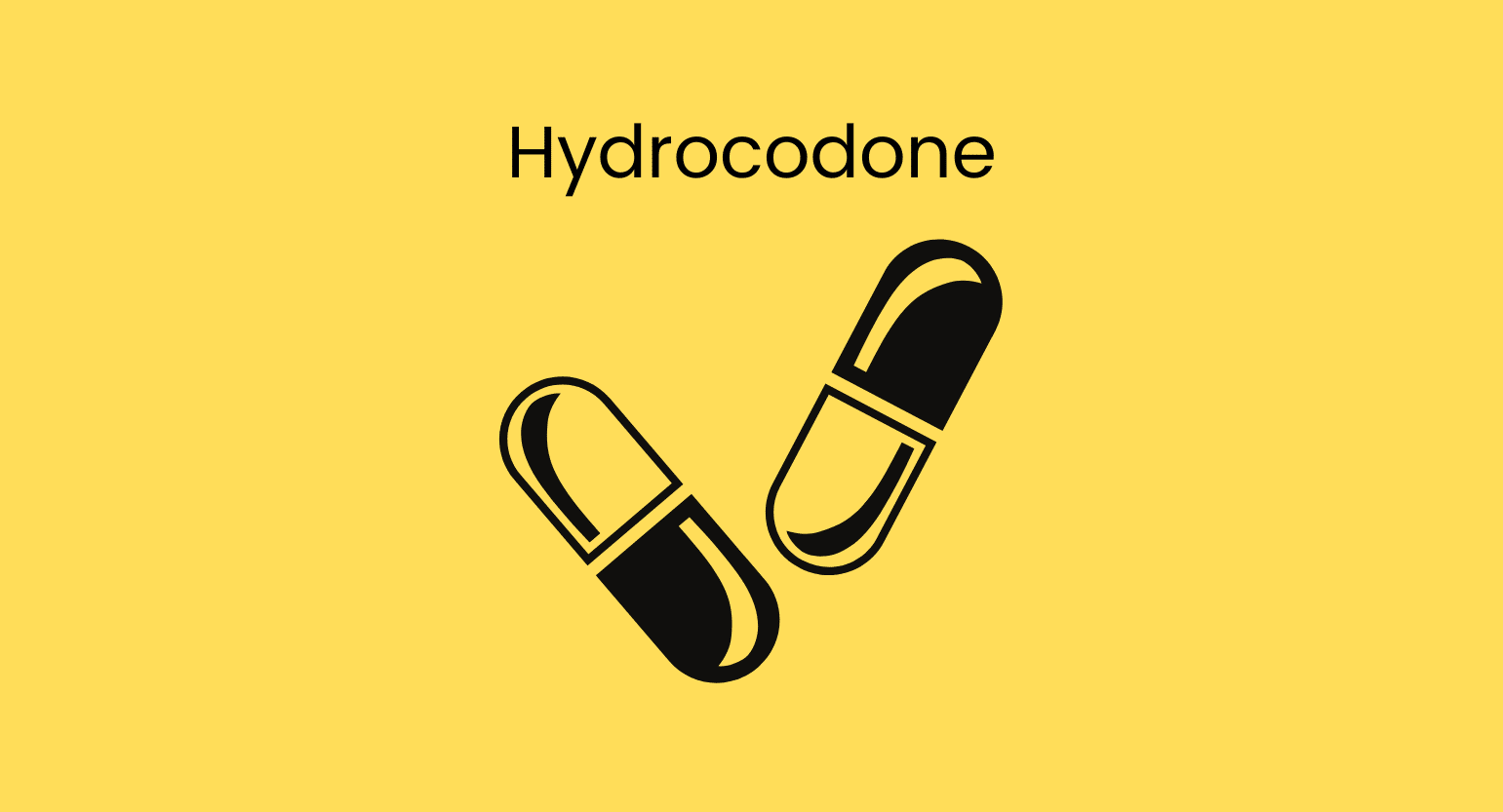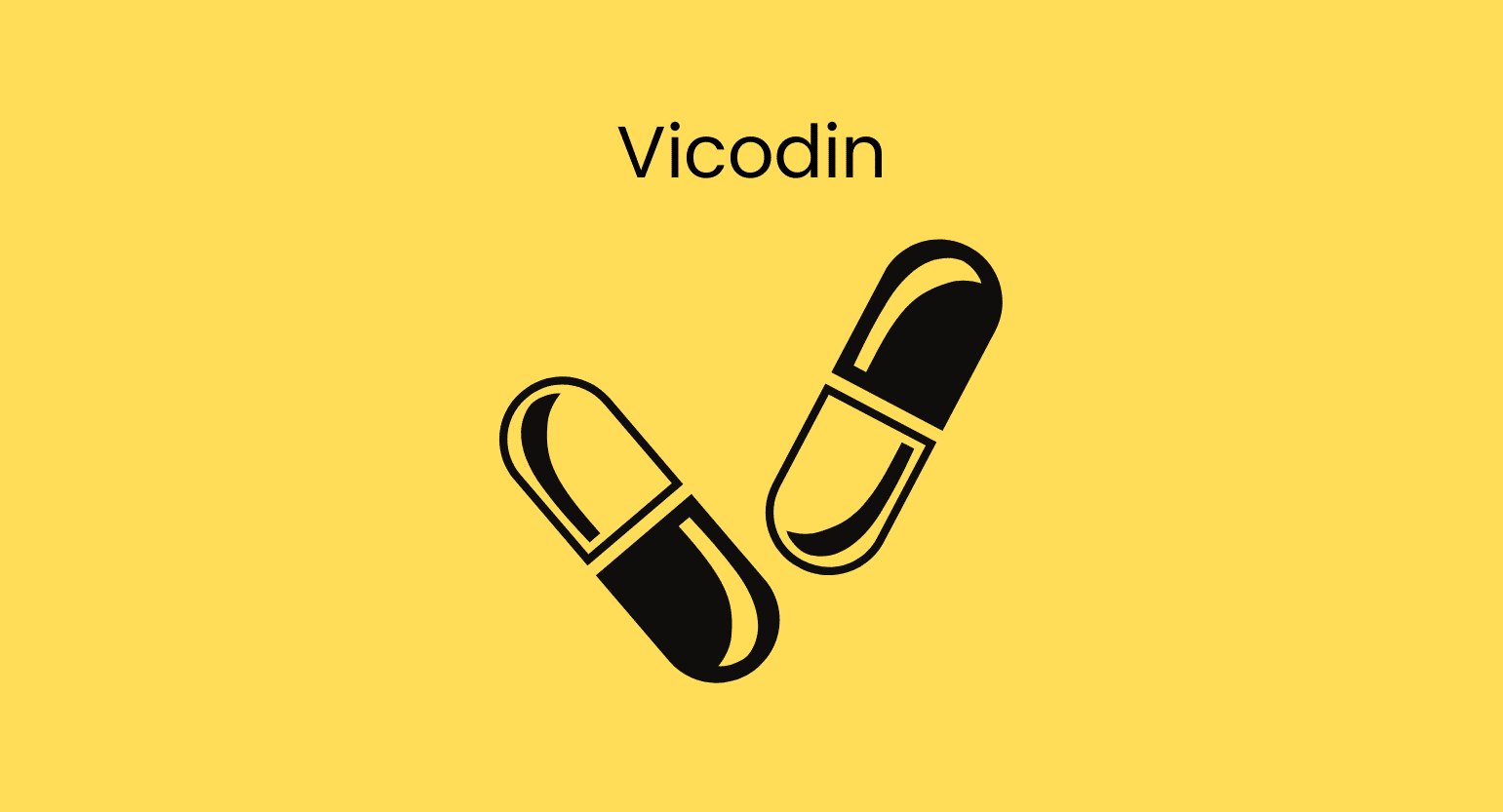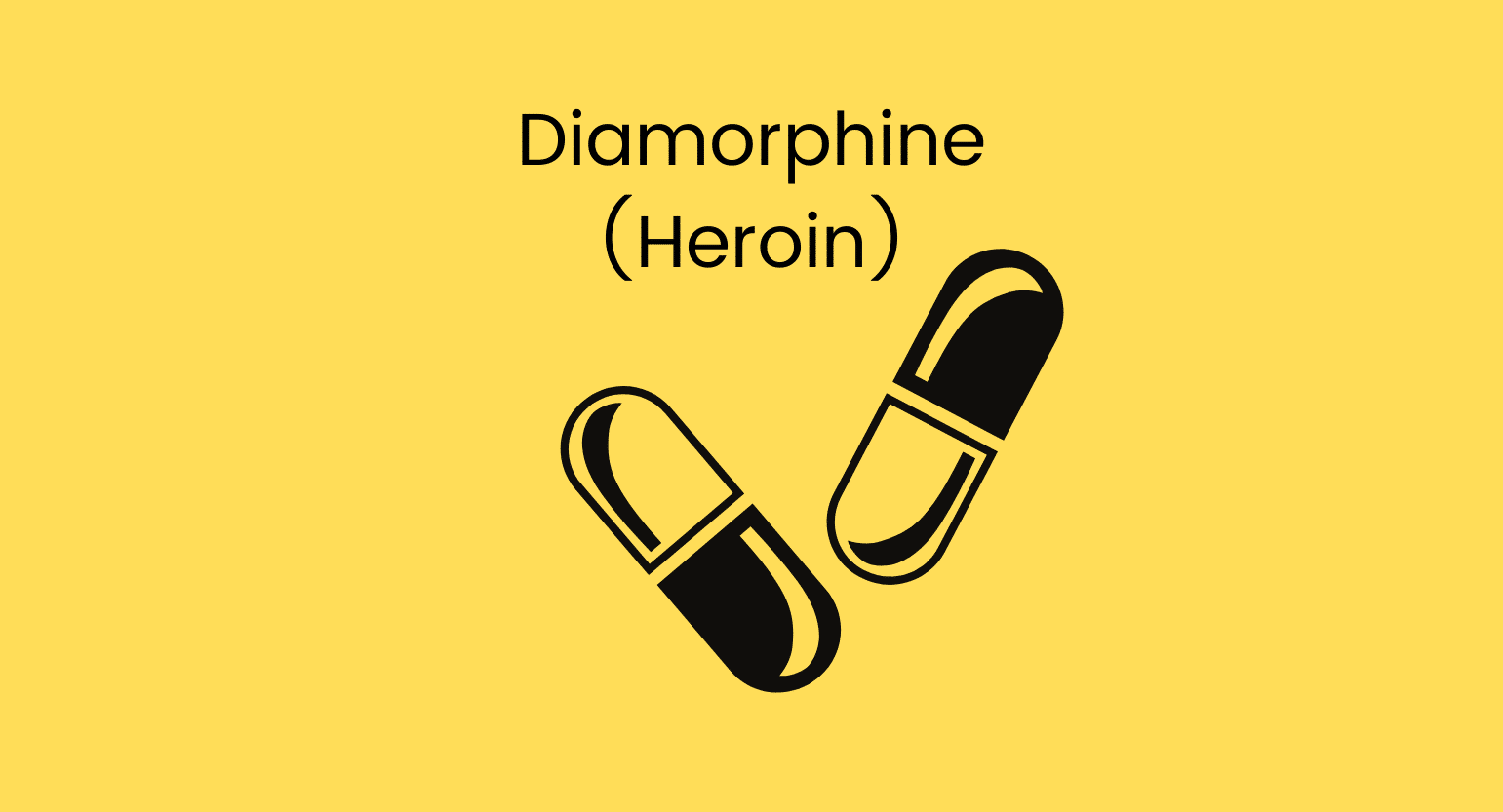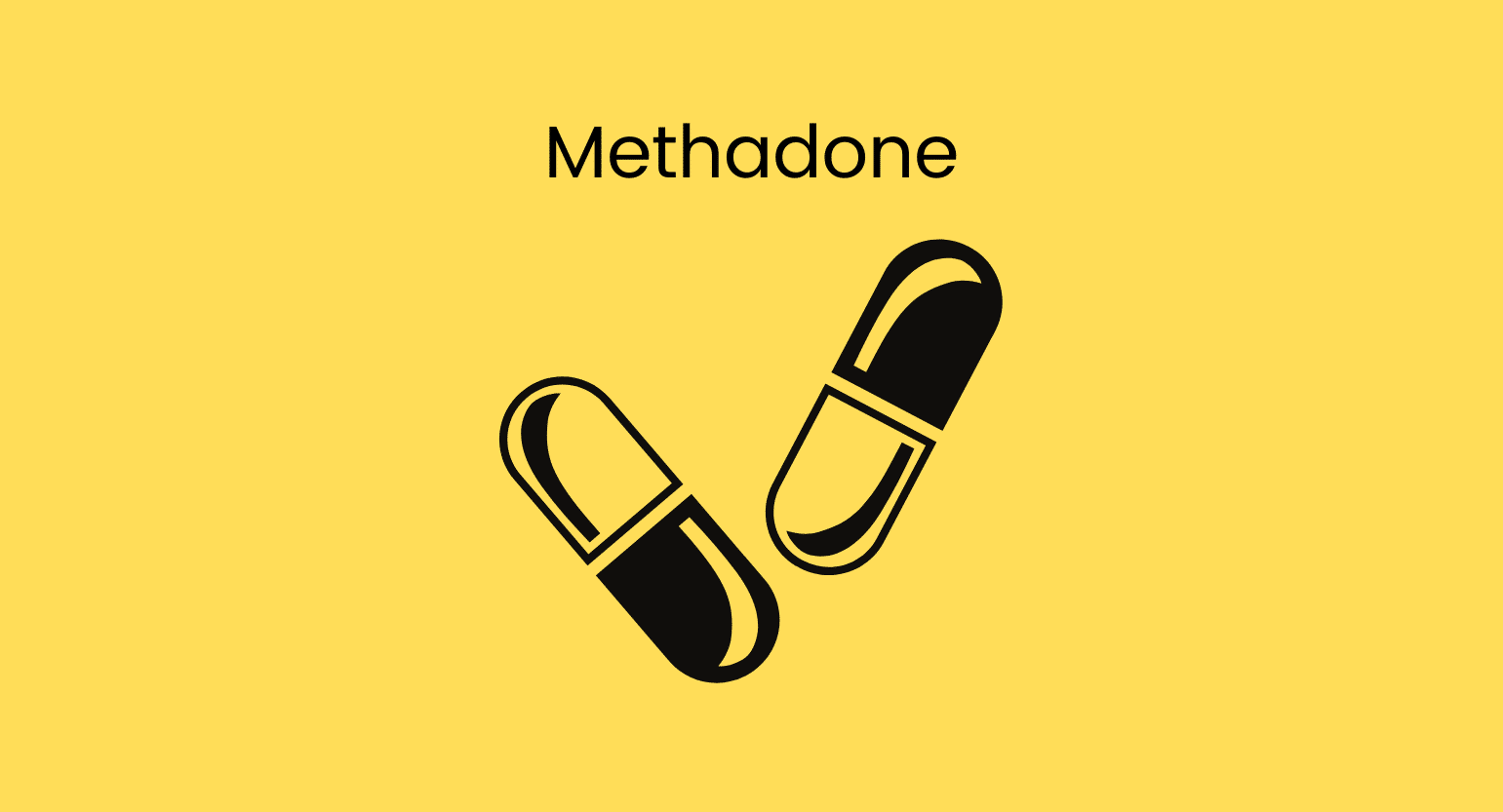Does Kratom Interact With Cetirizine (Zyrtec)?
There is a moderate risk when using kratom and antihistamines together. Although research is limited, there does not appear to be any significant metabolic interaction between kratom and cetirizine.
However, kratom can increase the risk of side effects, including dizziness, fatigue, fainting, and sedation.
These compounds are neutral in terms of metabolization; kratom is a CYP inhibitor and reacts with many compounds. However, cetirizine’s metabolization is minimal and is not mediated by the CYP system [1].
Regardless of how minimal the risk seems, it’s always best to talk to a doctor first.
Is it Safe to Take Kratom With Cetirizine (Zyrtec)?
At first, taking cetirizine and kratom together seems to be generally low-risk. However, because of how severe the potential side effects may be, we consider this combination moderate risk and should be avoided whenever possible.
As kratom and cetirizine can cause drowsiness and sedation, when taken together, their effects may sum up, giving rise to an agonistic interaction between the two.
Both these compounds are safe when taken correctly, as they present only a minimal chance of negatively interacting with each other. Nevertheless, both substances can cause drowsiness and sedation, so it’s important to ensure you’re using them responsibly.
Always make sure to check if you might qualify for any of the contraindications associated with either compound and avoid taking them with alcohol and other medications. Your doctor can cross-check your medications and underlying health conditions to more accurately assess your individual risk for side effects when taking these compounds in combination.
What is Cetirizine (Zyrtec)?
Cetirizine hydrochloride is the active component in Zyrtec, Incidam, and other brand-name drugs.
It’s an orally-ingested antihistamine and selective H1-receptor antagonist; its main effects work via the selective inhibition of peripheral H1 receptors.
Antihistamines like cetirizine are classified according to the histamine receptors they act on, as this leads to differing effects. H1 receptors are located mostly outside the brain, and selective H1 antihistamines like cetirizine are used to treat allergies, mast cell-related disorders, and other conditions like insomnia [2].
H1 antihistamines are further subclassified as ‘first-generation’ or ‘second-generation.’ Cetirizine is a second-generation antihistamine; these do not cross the blood-brain barrier and elicit much fewer adverse effects than first-generation antihistamines.
Cetirizine is rapidly absorbed with a maximum concentration time of approximately 1 hour after administration.
Cetirizine is on the WHO’s List of Essential Medicines and is available as an over-the-counter medication.
Cetirizine Specs:
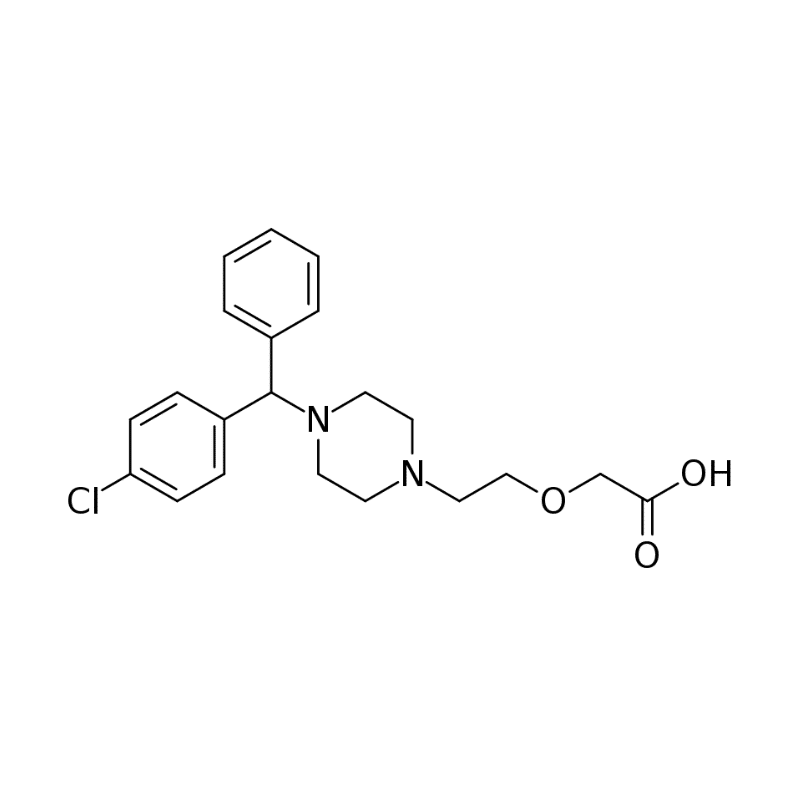
| Drug Name | Cetirizine |
| Trade Names | Zyrtec, Incidal, Aller-Tec, Wal-Zyr |
| Classification | Antihistamine |
| CYP Metabolism | None |
| Interaction With Kratom | Agonistic |
| Risk of Interaction | Low to moderate |
What is Cetirizine Used for?
The FDA has approved three uses for cetirizine:
- Chronic Urticaria
- Perennial Allergic Rhinitis
- Seasonal Allergic Rhinitis
Seasonal allergic rhinitis is an allergic response that manifests with symptoms such as a runny nose or watery eyes. It bears this name because symptoms appear only during certain parts of the year, particularly spring and winter. Perennial allergic rhinitis is much the same, except that it’s chronic.
Chronic urticaria — more commonly known as hives — is a condition that causes itchy red welts on the skin for more than 6 weeks. straight.
The anti-histamine properties of cetirizine block the receptors that cause these symptoms in the body, providing effective relief from these conditions [3].
It is important to note that cetirizine offers symptom relief but does not treat the root cause of these conditions.
What’s the Dose of Cetirizine?
Cetirizine is available over-the-counter in 5 and 10 mg tablets; 20 mg tablets are also available by prescription only in the United States. The optimal cetirizine dose will depend on the patient’s age and symptom severity.
In individuals 6 years and older, the initial cetirizine dose is 5-10 mg daily.
Children from six months to five years should start with a once-daily dose of 2.5 mg. They may increase the dosage up to 5 mg daily depending on the severity of the symptoms.
Patients with hepatic impairment should not exceed a daily dose of 5 mg.
Generic & Brand Name Versions
Cetirizine is available under the following brand names:
- Aller-Tec
- Incidal
- Wal-Zyr
- Zyrtec

What Are the Side Effects of Cetirizine
Cetirizine is generally safe and well-tolerated. Nonetheless, it still has some side effects.
The primary adverse effects of cetirizine are [3]:
- Dizziness
- Drowsiness
- Dry mouth
- Fatigue
- Tiredness
The somnolence induced by cetirizine appears to be dose-dependent. Additionally, research also suggests cetirizine might contribute to daytime sleepiness. It crosses the blood-brain barrier slightly and thus has small sedative effects [4].
Children experience primarily the same effects as adults, although they are more likely to experience headaches.
What is Kratom?
The kratom tree — Mitragyna speciosa — is an evergreen tree native to Southeast Asia. The native peoples there have grown and used kratom for centuries due to its many pharmacological and psychoactive properties.
Kratom has now made its way to the United States, where it’s fast becoming popular for its analgesic and stimulating properties.
What is Kratom Used for?
Kratom is utilized mainly for pain relief and as an energy booster, but many other benefits exist.
In low doses, kratom possesses potent stimulating and nootropic qualities; it can give users a burst of mental and physical energy and even has mood-enhancing effects.
The effects begin to slide into a new profile in larger doses. At this range, kratom offers proven chronic pain relief and helps reduce anxiety. Kratom is also an effective sleep aid and potential weight loss supplement. Some people use it to ease the symptoms of opioid withdrawal.
Also see: Making Sense of Kratom Research.
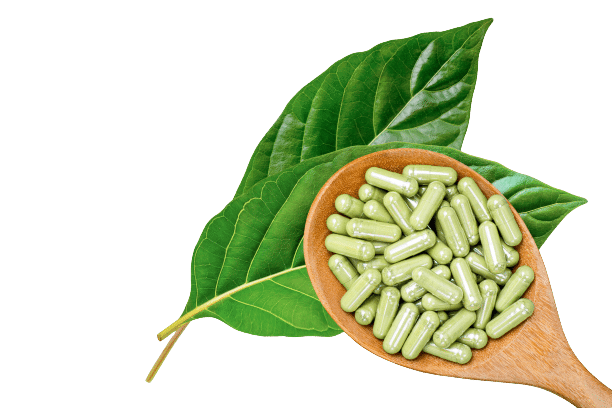
What’s the Dose of Kratom?
Follow our basic dosing guide, and make sure to familiarize yourself with the common effects of each dose range. You can use our handy dosage calculator to determine the best starting dose based on your weight and desired level of effects.
Common kratom doses and their effects:
- Low dose (1 – 5 g): Provides stimulant and nootropic qualities.
- Medium dose (5 – 10 g): Provides more pronounced analgesic and anxiolytic effects.
- High dose (10 – 15 g): Induces heavy analgesic and sedative-like effects.
Remember: if you’re new to kratom, make sure not to exceed 5 grams a day. It’s always a good idea to ensure you aren’t sensitive to the herb. Start low and go slow to grasp the effects of kratom on your body.
What Are the Side Effects of Kratom?
Like all drugs, kratom has some side effects you should be aware of. Luckily, these are usually mild and rarely cause severe problems. Taking higher doses will increase the chances of experiencing side effects.
Typical side effects of kratom include:
- Constipation
- Dizziness
- Insomnia
- Itchiness
- Loss of muscle coordination
- Nausea
More serious side effects include:
- Low blood pressure
- Low libido
- Poor appetite
- Seizures
- Tremors
Also, note that kratom can be addictive. The FDA targets kratom because of its opioid-like tendencies; however, the addiction is not as severe or hard to overcome, and the risk of overdose is incredibly low. You’re not likely to experience problems if you use kratom responsibly.
Related: Does Kratom Cause Hair Loss?
What Are the Different Types of Kratom?
There are four main types of kratom strains, and they can be distinguished by the leaf’s vein color and its special effect profile. All kratom strains share the same basic traits but emphasize different aspects like stimulation, sedation, pain relief, and anxiety relief.
If you want to target a specific issue, then make sure to pick the right strain for the job.

White Vein Kratom
The white-veined kratom strains are great for increased attention and creativity, better mental energy, and an enhanced mood. Some are better for pain relief than others, but white strains are not usually what you want if you’re trying to sleep or reduce discomfort.

Red Vein Kratom
Red vein kratom is more on the pharmacological end of things and tends to be calming and euphoric. It’s the one to rely on if you want to relieve pain or reduce anxiety.
Red strains are also popular for sleep support and can promote generalized feelings of relaxation.

Green Vein Kratom
Green vein kratom isn’t like red or white vein — it doesn’t give a targeted experience.
Green-veined strains excel at promoting everything kratom has to offer but aren’t the best if you need strong pain relief or a powerful boost.

Yellow Vein Kratom
Yellow strains are similar to green strains and don’t have any distinguishing features. However, it is the mildest out of all the strains. First-timers and people who are sensitive to kratom gravitate towards yellows.

Key Takeaways: Is it Safe to Mix Kratom & Cetirizine?
Probably, but it’s always best to talk to your doctor first. Using kratom and cetirizine can increase the risk for side effects, sedation being the most concerning.
Make sure to learn about the dangers associated with kratom use and how you can lessen the risk with a few easy steps.
- Nicolas, J. M., Whomsley, R., Collart, P., & Roba, J. (1999). In vitro inhibition of human liver drug metabolizing enzymes by second-generation antihistamines. Chemico-biological interactions, 123(1), 63-79.
- Kalpaklioglu, F., & Baccioglu, A. (2012). Efficacy and safety of H1-antihistamines: an update. Anti-Inflammatory & Anti-Allergy Agents in Medicinal Chemistry (Formerly Current Medicinal Chemistry-Anti-Inflammatory and Anti-Allergy Agents), 11(3), 230-237.
- Naqvi, A., & Gerriets, V. (2021). Cetirizine. StatPearls.
- Ramaekers, J. G., & Vermeeren, A. (2000). All antihistamines cross blood-brain barrier. Bmj, 321(7260), 572.

